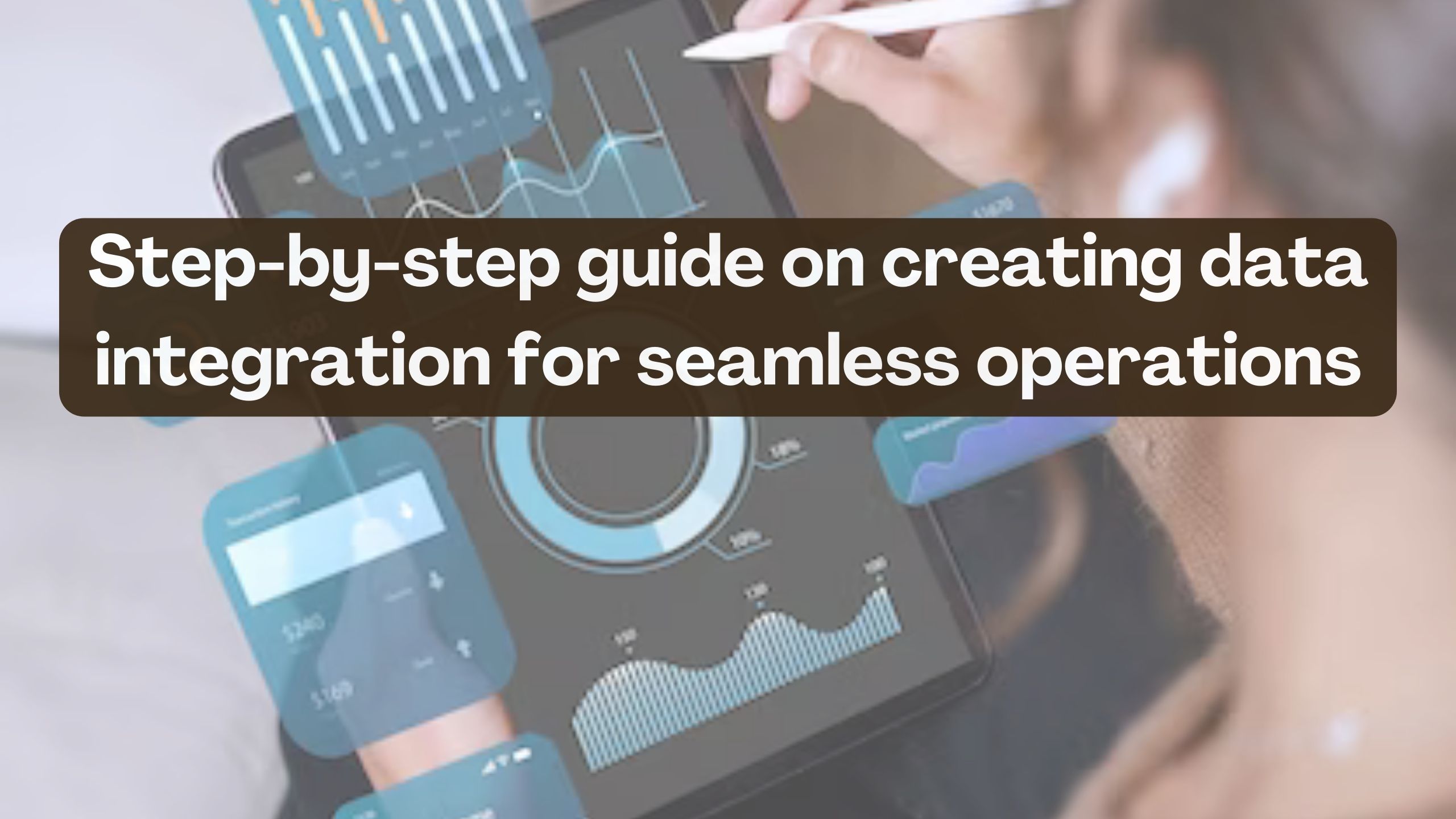Step-by-step guide on creating data integration for seamless operations
- Data as a Service (DaaS) Software Marketing & Analytics


Step-by-Step Guide on Creating Data Integration for Seamless Operations
In today’s data-driven business landscape, achieving seamless operations requires effective data integration. This step-by-step guide will walk you through the process of creating robust data integration strategies. From understanding the fundamentals to implementing advanced solutions, we’ll explore the intricacies of harmonizing diverse data sources for optimal business performance.
Understanding Data Integration
Data integration involves combining data from different sources to provide a unified view for analysis and business intelligence. It enables organizations to make informed decisions, enhance efficiency, and drive innovation. Here’s a comprehensive step-by-step guide to help you embark on your data integration journey.
Step 1: Define Your Objectives
Before diving into data integration, clearly define your objectives. Understand what specific business goals you aim to achieve through seamless data operations. Whether it’s improving decision-making or enhancing customer experiences, a well-defined objective sets the stage for effective integration.
Step 2: Assess Data Sources
Identify the various data sources within your organization. These may include databases, cloud storage, on-premises systems, and external APIs. Understanding the types and formats of data is crucial for designing a compatible integration strategy.
Step 3: Choose the Right Integration Approach
There are several approaches to data integration, including:
- Batch Processing: Scheduled data transfers at specific intervals.
- Real-time Integration: Immediate data updates as changes occur.
- Middleware Integration: Utilizing middleware platforms for seamless connectivity.
Choose an approach that aligns with your business requirements and the nature of your data.
Step 4: Select Relevant Data Integration Tools
Consider incorporating advanced SaaS products to streamline the integration process. Here are some relevant tools:
- Informatica: A comprehensive data integration platform offering cloud-based and on-premises solutions.
- Talend: An open-source integration platform for connecting, accessing, and managing data.
- Microsoft Power BI: A business analytics tool with robust integration capabilities for data visualization and sharing.
Step 5: Design and Implement Integration Workflows
Based on your chosen approach and tools, design integration workflows. This includes mapping data fields, defining transformation rules, and ensuring data consistency. Implement these workflows systematically to ensure a smooth integration process.
Step 6: Test and Validate
Before deploying data integration solutions in a live environment, conduct thorough testing. Validate data accuracy, completeness, and performance to identify and rectify any issues.
Step 7: Monitor and Optimize
Once integration is live, establish monitoring mechanisms to track performance. Continuously optimize your integration processes based on feedback, changing business requirements, and emerging technologies.
Conclusion: Empowering Seamless Operations Through Data Integration
In conclusion, effective data integration is the backbone of seamless operations in the modern business landscape. By following this step-by-step guide and leveraging advanced SaaS tools, you can harness the power of integrated data to drive business success.
As you navigate the intricacies of data integration, Subscribed.FYI emerges as a valuable resource. Our platform provides insights into a wide range of SaaS tools, empowering you to make informed decisions about your subscription stack. Discover exclusive deals on essential tools tailored to enhance your data integration capabilities. Explore Subscribed.FYI Deals and unlock savings that contribute to the seamless operations of your organization.





